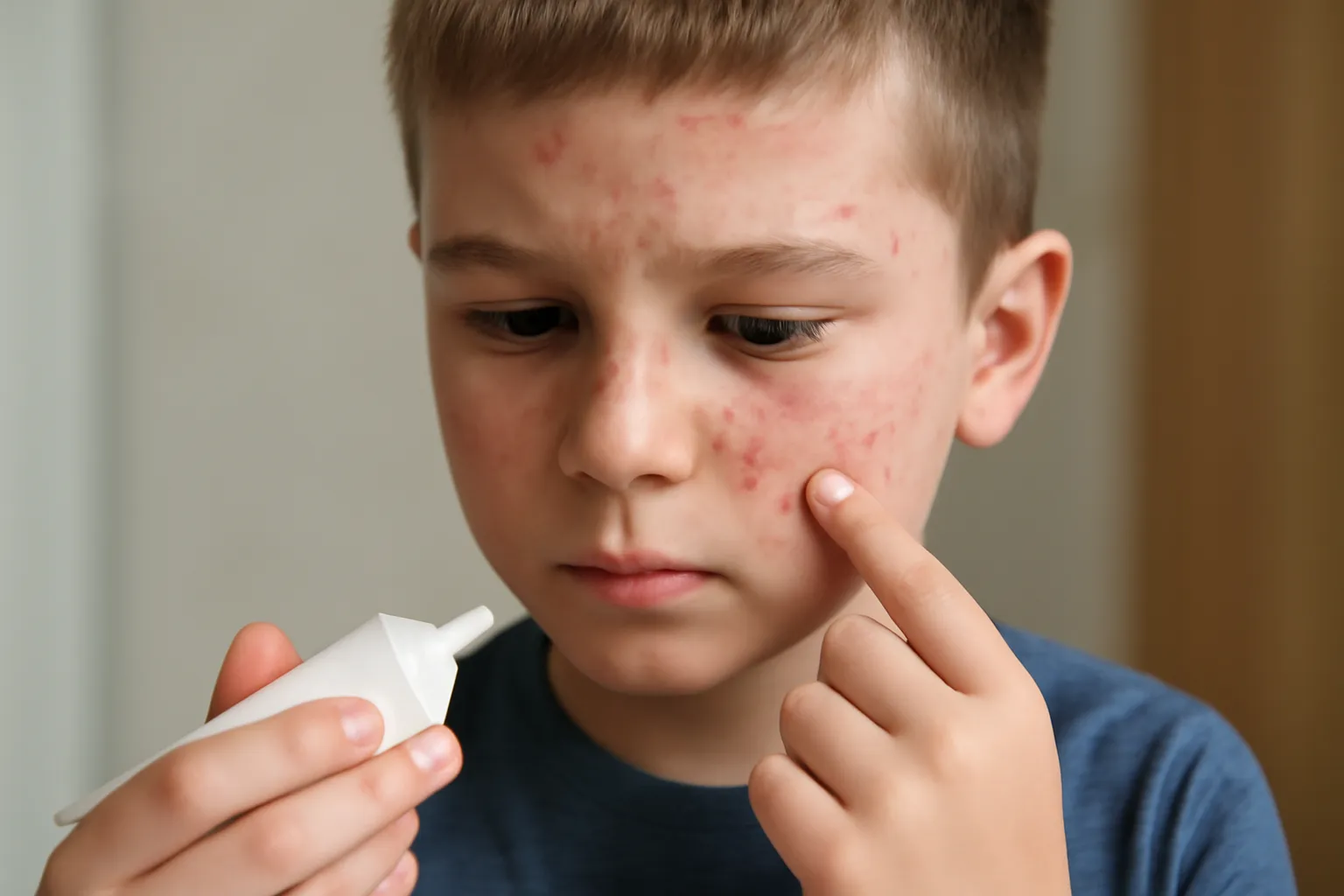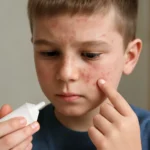Struggling with hives or acne in your elementary school child? Discover the best ointments and treatments to manage these skin issues effectively. How can you help your child get relief?
Hives and acne are common skin issues that many children experience, especially in their elementary school years. For parents, it can be distressing to see their child dealing with skin irritations. Fortunately, with the right ointment and treatment, managing hives and acne can become a straightforward task. This article will cover essential insights into elementary school hives ointments, how to alleviate acne, and provide tips for effective acne management for young ones.
Elementary School Hives: Understanding the Causes and Treatments
Hives, also known as urticaria, are itchy red welts that appear on the skin. They are often triggered by various factors, including allergies, stress, or environmental changes. In children, hives can emerge unexpectedly, making it important to understand their causes and how to treat them.
Common Causes of Hives in Elementary School Children
Children in elementary school are frequently exposed to allergens like pollen, pet dander, or certain foods, making them more susceptible to hives. Emotional stress, such as school anxiety or even excitement, can also cause hives to flare up. While these welts typically go away on their own, managing the discomfort with the right ointment is crucial.
Effective Treatments for Hives
When hives appear, it’s essential to act quickly to alleviate itching and swelling. Over-the-counter antihistamine creams or oral antihistamines can provide relief. However, applying a soothing ointment specifically formulated for hives, such as those with hydrocortisone or calamine, can significantly reduce inflammation and itching. Always check with your pediatrician before using new products, especially if the hives appear to be severe or persistent.
Tips for Preventing Hives
Prevention is key when it comes to managing hives. Identifying and avoiding known triggers, such as certain foods or environmental allergens, can help reduce outbreaks. Additionally, teaching children to manage stress and stay calm in stressful situations can be beneficial in preventing stress-related hives.
👉Learn More About Hives Treatment👈
How to Get Rid of Elementary School Acne: A Practical Guide
Acne is another common skin condition that can affect elementary school children, particularly as they approach puberty. While it might not be as severe as the acne seen in teenagers, managing early outbreaks is important for a child’s comfort and self-esteem.
What Causes Acne in Elementary School Kids?
During elementary school, children’s hormones can fluctuate, leading to an increase in oil production on their skin. This excess oil, combined with dirt and bacteria, can clog pores and cause breakouts. Poor hygiene, diet, and stress are additional factors that contribute to acne development in younger children.
The Role of Ointments in Acne Treatment
When acne appears, a gentle yet effective treatment is key. Products that contain benzoyl peroxide or salicylic acid can be very helpful. These ingredients work by reducing inflammation and preventing bacteria from clogging pores. For young children, it’s crucial to choose a mild, child-friendly acne treatment that won’t dry out or irritate their skin.
Other Tips for Managing Acne in Young Children
Aside from topical treatments, maintaining a skincare routine is essential for acne management. Encouraging your child to wash their face twice a day with a mild cleanser can help prevent excess oil and bacteria from causing breakouts. Additionally, promoting a balanced diet, with less processed foods and more fruits and vegetables, can also help support healthy skin.
👉Click for More Acne Solutions👈
Elementary School Acne Treatment: Finding the Right Solution
Acne treatment for young children requires a careful approach to ensure their skin is cared for without causing irritation or long-term damage. While over-the-counter options are available, consulting a pediatric dermatologist can help identify the best treatment based on your child’s skin type.
The Importance of Selecting the Right Ointment
Choosing the right ointment for treating acne in children is crucial. For mild cases, ointments with ingredients like benzoyl peroxide or salicylic acid can help target acne-causing bacteria and reduce inflammation. However, for sensitive skin, parents should look for treatments labeled as gentle or formulated for children’s skin.
Professional Treatment Options
In more severe cases of acne, a visit to a dermatologist may be necessary. A pediatric dermatologist can prescribe topical treatments such as retinoids or other medicated ointments. These treatments can be more effective for persistent acne and can prevent scarring in the long term.
Lifestyle Tips for Acne Management
In addition to using ointments, teaching children healthy habits can also support acne prevention. Encouraging them to avoid touching their face, regularly cleaning their hands, and wearing non-comedogenic (non-pore-clogging) sunscreen can go a long way in reducing breakouts. Consistent hydration and good sleep hygiene are also important factors in supporting healthy skin.
👉Discover More Treatment Options for Kids👈
Conclusion: Helping Your Child Manage Skin Health
Hives and acne may be common in elementary school-aged children, but with the right ointments and care, managing these skin issues can be much easier. From understanding the causes of hives to selecting gentle yet effective acne treatments, there are many ways to support your child in maintaining clear, healthy skin. By being proactive and choosing the right products, you can ensure that your child feels comfortable and confident in their own skin.
“Taking care of your skin is a lifelong commitment. Starting early can make all the difference.”






